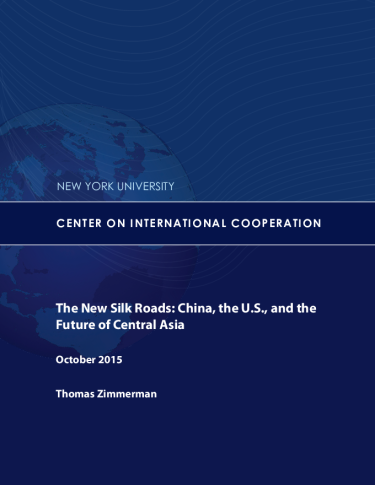President Xi Jinping first presented China’s vision for a “Silk Road Economic Belt” during a 2013 speech in Kazakhstan.
The idea was to “forge closer economic ties, deepen cooperation, and expand development in the Euro-Asia region.”
In early 2015, the contours of Beijing’s strategy began to emerge as China’s leadership laid out plans for this “Silk Road Economic Belt” through Central Asia, and a “21st Century Maritime Silk Road” through Southeast and South Asia. China referred to both collectively as “One Belt, One Road” (OBOR). Both have been portrayed as an opportunity to reshape the economic and political order in Central Asia and the Asian Pacific region by promoting a network of trade routes, political cooperation, and cultural exchange. By so doing, China intends to place its sometimes-restive western and interior provinces at the heart of its engagement with Central and South Asia in an effort to accelerate development and promote stability.

